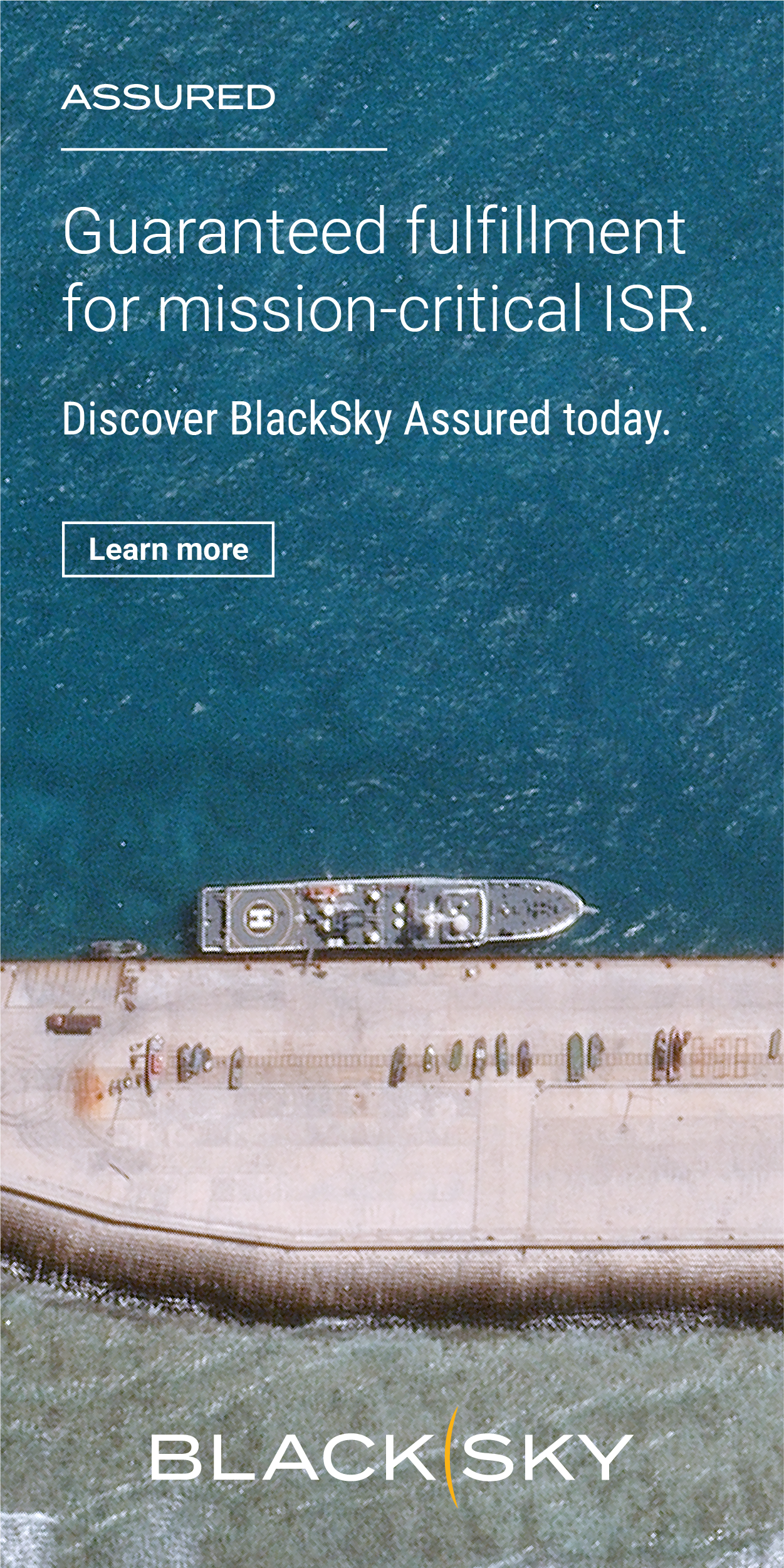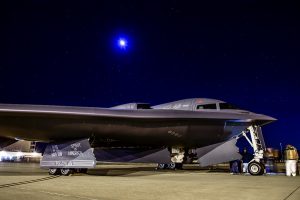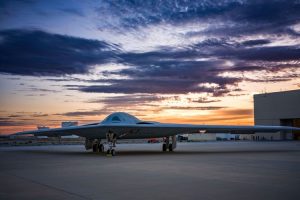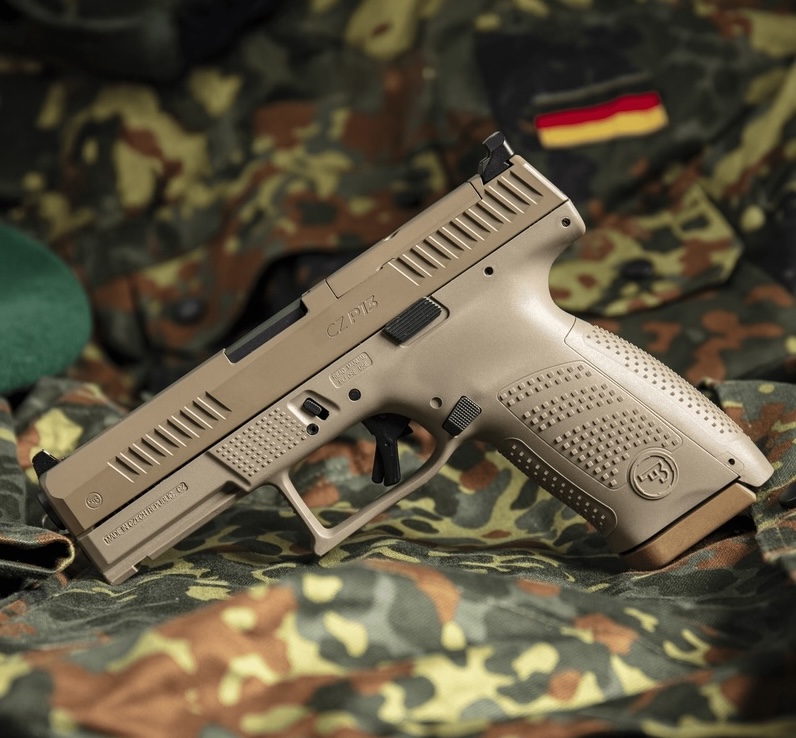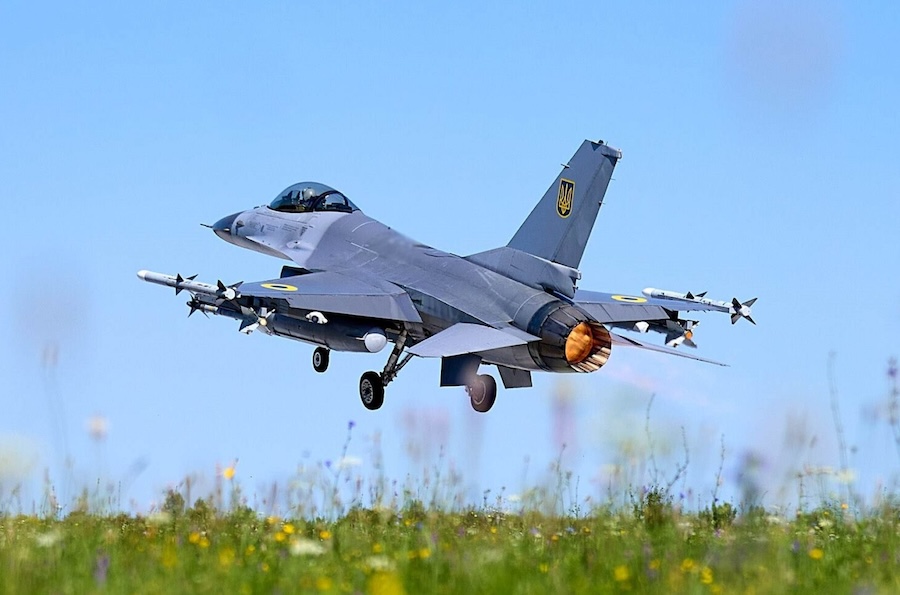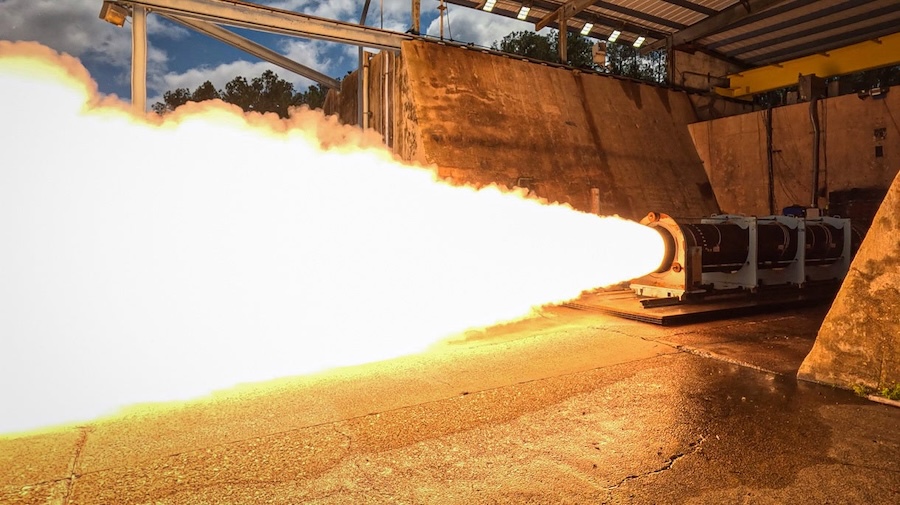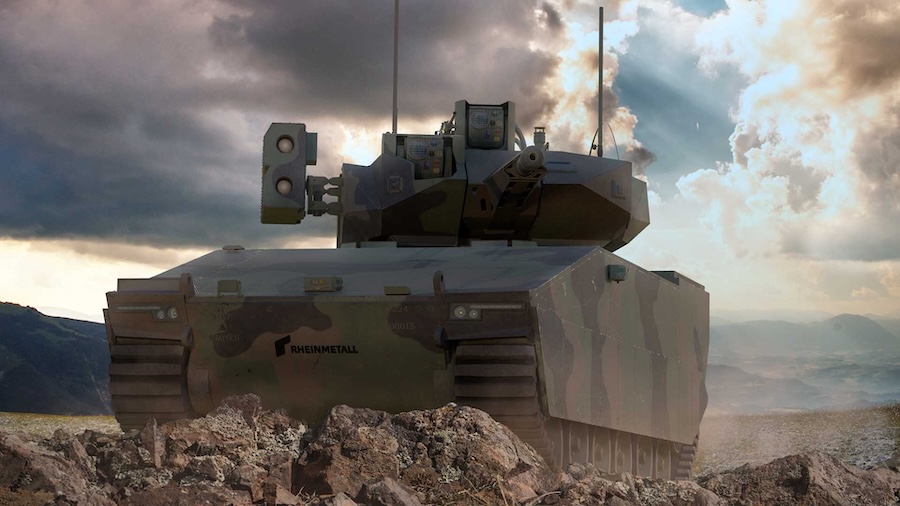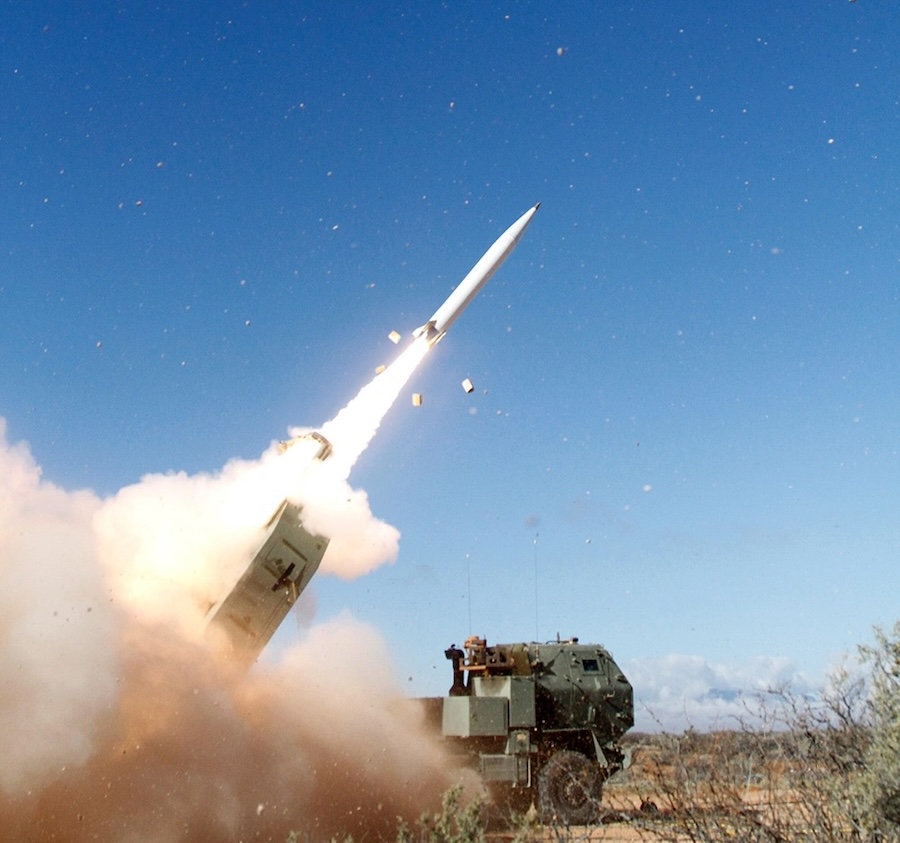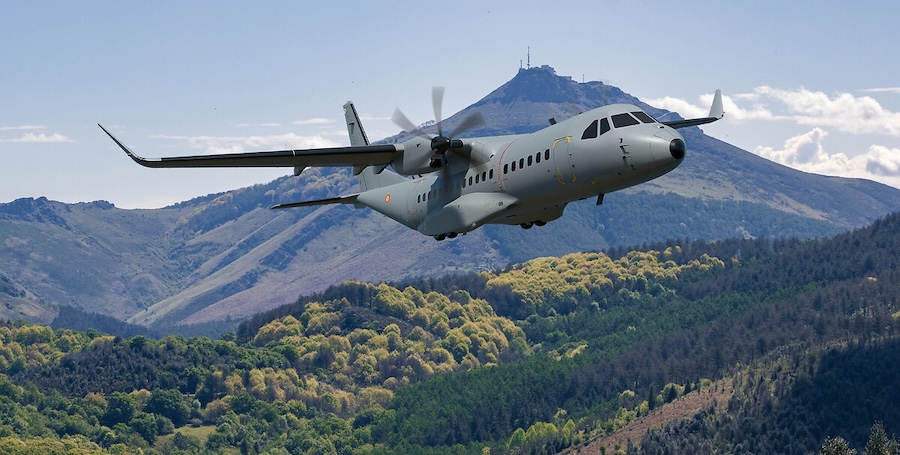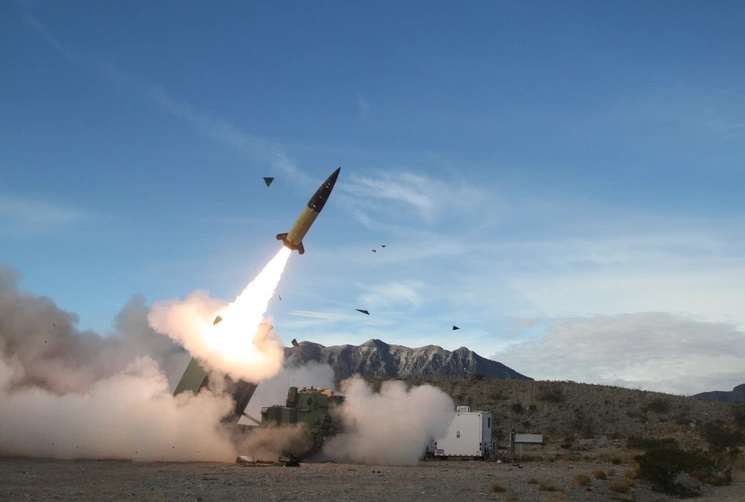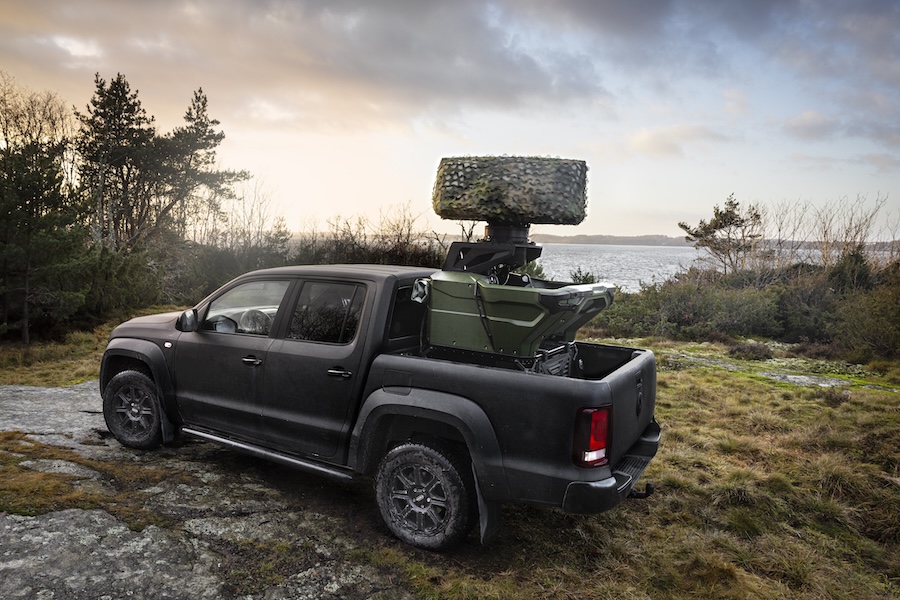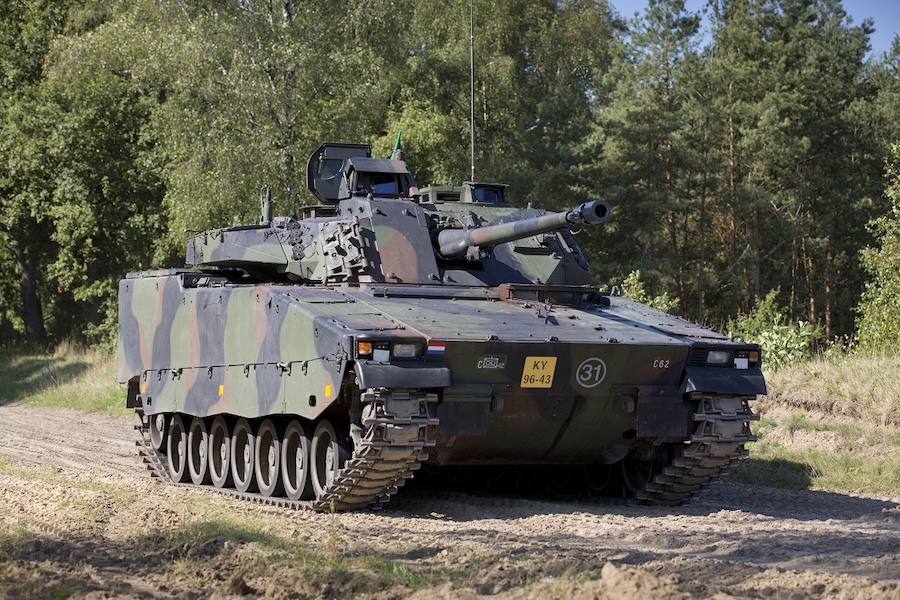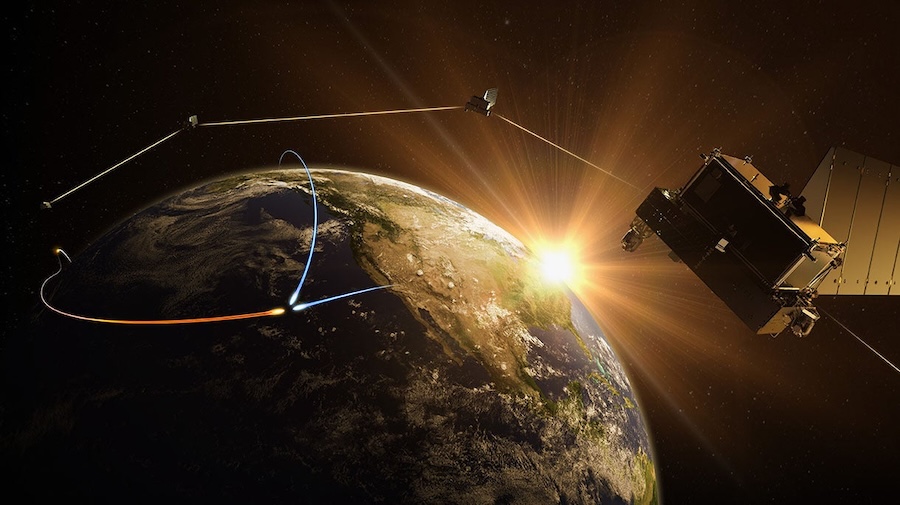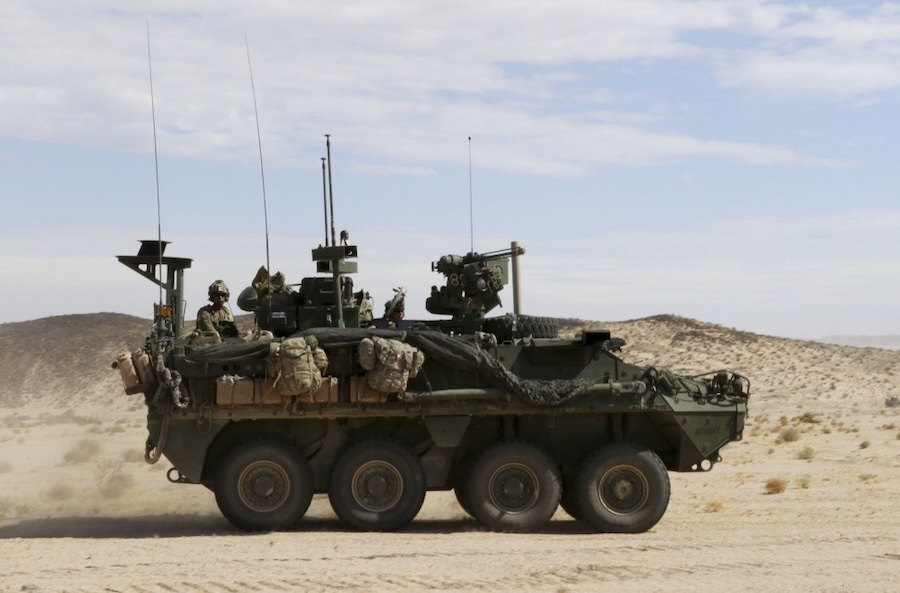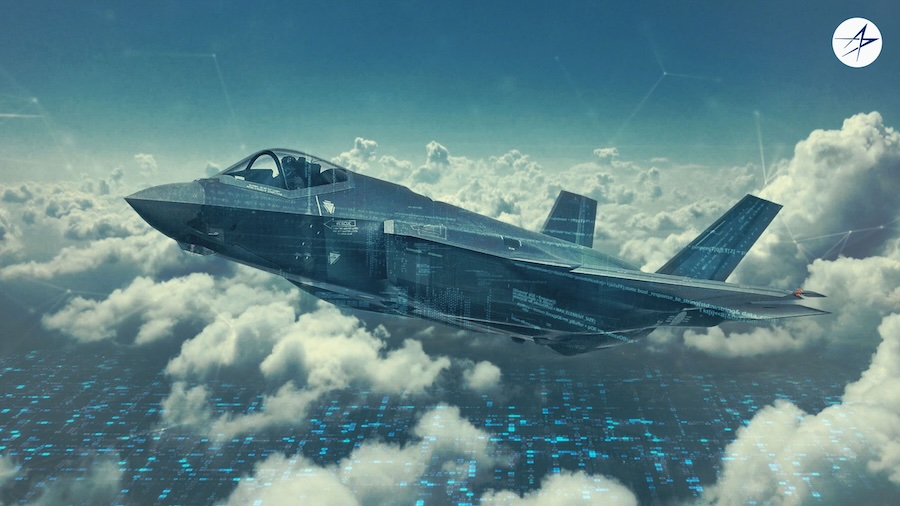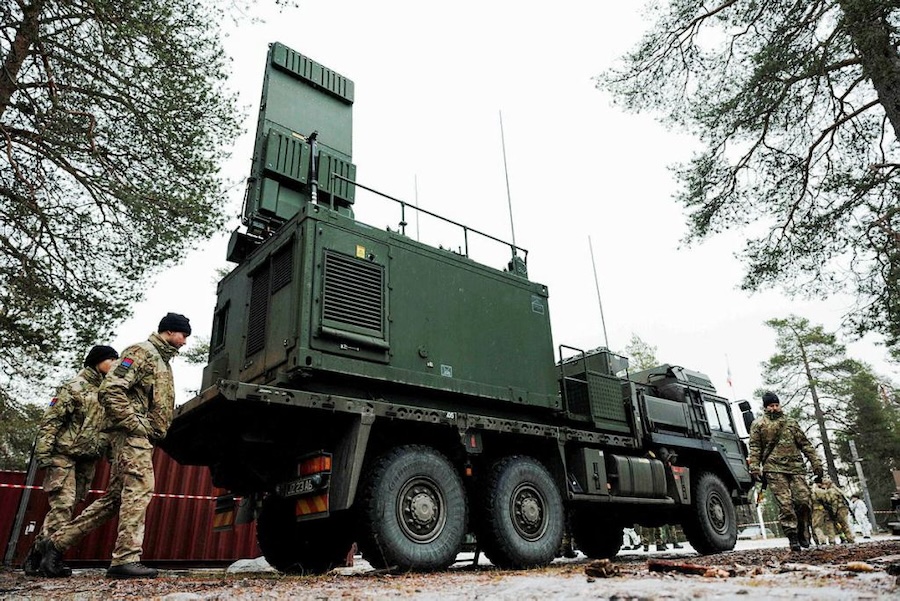The decision to strike was made after it became apparent that Israeli air forces lacked the capabilities needed to destroy deeply buried targets. The US operation, codenamed “Midnight Hammer,” was carefully planned and executed with a focus on surprise and overwhelming force.
In the week leading up to the night-time strike on 22 June, the US deployed significant military assets to the Middle East. This included the USS Nimitz aircraft carrier with F/A-18E/F and F-35C jets, as well as F-16, F-22, F-35A fighters and B-2 Spirit bombers from the US Air Force.
Experts believe this marked the first conflict in history to see widespread use of artificial intelligence to generate false images and disinformation online. Some of the content was reportedly spread by Russian networks aiming to discredit the effectiveness of Western weapons used in the assault on Iran.
Surprise was critical, as the potential targets were widely known. The Americans achieved this through an elaborate deception strategy involving 125 aircraft, not all of which flew to their actual targets.
The Pentagon likely used only two B-2 bombers in a feint toward Diego Garcia in the Indian Ocean, while a separate group of seven B-2s took a different route via the Atlantic and Mediterranean. These bombers then reportedly flew over Israel, Syria and Iraq to reach Iran – a possible further layer of disinformation.
To preserve secrecy, the B-2s did not land at any European or Middle Eastern bases, remaining airborne for approximately 36 hours. The 18-hour flight from Missouri to Iran was made possible by in-flight refuelling from KC-135 and KC-46 tankers.
The B-2’s interior allows two pilots to rest in shifts, equipped with a toilet and reportedly even a microwave. These features make the aircraft ideal for long-duration missions like the one over Iran.
The main target was the Fordow nuclear facility, buried beneath dozens of metres of rock, beyond the reach of Israel’s multi-role aircraft. Six B-2s dropped a total of 12 GBU-57 bombs – each weighing 13,600 kg – onto the site.
Another B-2 simultaneously struck the Natanz nuclear site. Though Israeli forces had disrupted Iranian air and ground defences, it is likely that the bombers were escorted by stealth fighters such as the F-22 and F-35.
The strike marked the first combat use of the GBU-57, America’s most powerful conventional bomb. Developed after the 2003 Iraq War revealed deficiencies in bunker-busting capabilities, the GBU-57 is equipped with GPS/INS navigation and can be dropped from several kilometres away.
The bomb uses a BLU-127 explosive core and includes both AFX-757 and PBXN-114 explosives. The casing is made of high-density Eglin steel, designed to withstand extreme stress during deep penetration.
Its smart fuse, the Large Penetrator Smart Fuze, determines the moment of detonation based on the depth and structure of the target. However, it does not respond to vacuum spaces, meaning explosions cannot be set to a specific level in multi-storey underground sites.
Penetration depth varies by material: over 2 to 18 metres of reinforced concrete or up to 60 metres of soil. Satellite images from Fordow suggest several bombs hit near a key weak point — a ventilation shaft identified by US intelligence.
In addition to the GBU-57 bombs, the US Navy launched 30 UGM-109 Tomahawk cruise missiles from the submarine USS Georgia at the Nuclear Technology Research Centre in Isfahan. The Georgia, a converted Ohio-class submarine, can carry up to 154 Tomahawks across its 22 vertical launch tubes.
The operation was the largest combat use of B-2 bombers in history and marked the first deployment of the GBU-57 in warfare.






